Somebody is forcing your head into stale water until you almost lose consciousness. Barely having regained breath—and hearing—they're repeating the painful procedure on you and keep reiterating it on the morrow, yet as you gain 3rd person view and your senses back your survival instincts finally prevail and you break loose, killing your cynical torturers. As if you've never heard anything about Quick Time Events and cinematic cutscenes you intuitively identify with the character you're controlling, without yet knowing who he is and what fate he incurred, suffering duly with him while he tries to escape the asphyxiating situation: "You forget I'm as good as dead already."
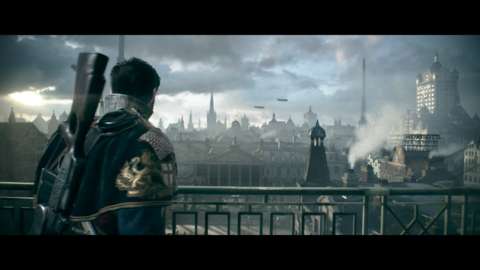
What follows are the days of fall 1886 prior to our unlucky hero's incarceration when Sir Galahad was still one of Her Majesty's Royal Knights righteously fighting Lycan half-breeds and bedlamite rebels. The truth is known only in the order applied by the narrative structure and so naturally we learn it only towards the end of the roughly ten-hour long story. When it begins, however, on the 12th of October in neo-Victorian London, the order is to fight half-breeds along with rebels, and to protect Lord Hastings, Chairman of the United India Company, against the assault of those latter. And yet it doesn't seem to be only the hate of the rich that drives these rebels: what better place to camouflage a lycanthrope than in the very ranks of the Order dedicated to fight them, and should blue-blooded androphages not wish to further their infiltration? But of course the centenary Order must remain united and its foundations unshaken, and so it is those knightly Knights listening to their reason—Perceval, Galahad—that are to be sacrificed in order to maintain “public order” alike the Holy Grail.
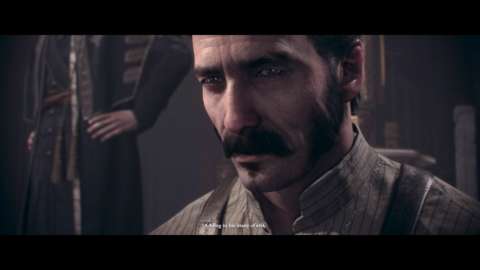
We know this is the end when we see the lifelike body language of Sir-Galahad-and-A-Knight-No-More Grayson deprived of rank and raison d'être, but the story doesn't seem really over yet on this 21st of December, 1886, when he is to follow Lady Lakshmi's lead and leave the city. What will happen to the United India Company and its curious cargo? Will Jack the Ripper continue stalking Whitechapel? Who will be the next Sir Galahad, if he's ever to be replaced at King Arthur's Round Table, though given the character's sympathetic presence through both voice (Steve West) and visuals we'd rather have him come back for a sequel: "I would not want to see you on the wrong side of this mess."
Besides the iconically mustached Galahad The Order: 1886 is but a game plagued with virtues: the many conversational cutscenes sporting cinematic quality that alternate with cover-based shooting action may not allow for a variety of choices but certainly serve purposed storytelling. Likewise the scripted Quick Time Events while reducing the player's autonomy in close combat contexts permit to channel action in a promptly effective manner, plus some nice closeups on the acting characters.
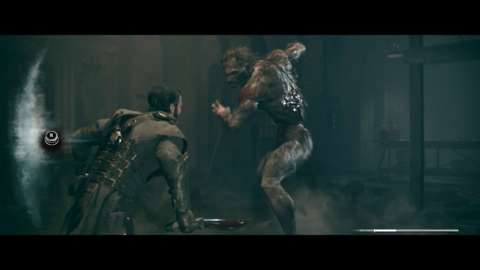
“You do move fast for a man of your age” (about 45) Lady Igraine says to Grayson at the begin of Chapter 1 and he certainly does, and his Blackwater-aided resilience is admirable, albeit The Order isn't really fast-paced yet the gravity of Galahad's movements too seems adapted rather to the “mechanical” 19th century.
With its contextual QTEs and obligatory stealth sections The Order does also qualify more as an action game than a shooter, although the well-styled firearms and somewhat overpowered “science weapons”—M86 Thermite Rifle, TS-21 Arc Induction Lance, TS-29 Cannon, TS-17 Detonator—positively allow for a variety of possibilities in shooting enemies during the different chapters' ambushes.
As a shooter The Order: 1886 is not a game difficult to play, and similarly easy are its Trophies; the cover-system is both manual (for combat) and automatic (for stealth) and leaning over or left and right to peek and shoot is smooth and delightful. Moreover, whenever the Blacksight meter is full we gain the ability to temporarily slow down time with L1 while automatically focusing on the closest enemy's weak points, and to quickly change between targets by means of the right stick. The slick gameplay mechanics work satisfyingly well in both ranged and close combat, including the decently uncolored QTE button prompts as well as the two mechanical mini-games required to open customarily and electromagnetically sealed doors thanks to Tesla's Stamford Lockpick (L2/R2) and TS-27 Inverter (L3/R3) tools.
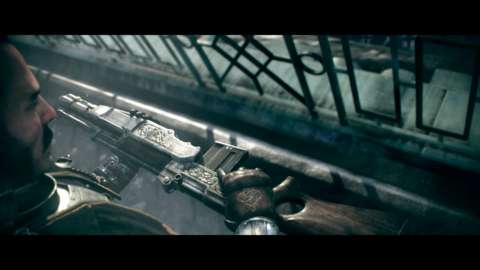
Marquis de Lafayette at the helm of a luxury Zeppelin, Sir Perceval briefing Galahad via communicator, Nikola Tesla providing steampunk-style weapons for age-old Knights: it is interesting that despite mixing elements and epochs The Order manages to give its alternate Victorian-era London a touch of historical authenticity. City, Underground, docks, buildings do never provide a mere stage setting in which Galahad fighting alongside Igraine, Lafayette, or the Warrior Queen would appear incongruent: Lycans are grim reality.
Similarly the music score (Jason Gaves) purposefully uses a live-recorded orchestra featuring double bass, bass clarinet, contrabassoon, and bassy male voices to complement The Order's somewhat depressing Londoner atmosphere with a specific dark sonority. The cutscenes' excellent voice acting as likewise the facial animation contributes once more to the game's movie-like quality, whereas the generic random shouts during combat—Enemy down, I've got to reload—seem to lack a bit of naturalness.
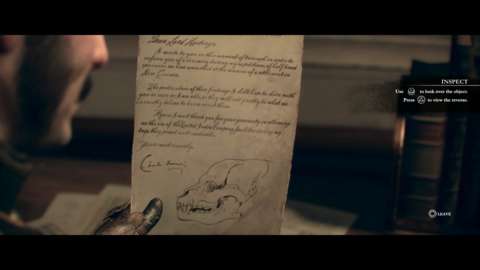
The not too many collectibles (phonograph cylinders, newspapers, photographs and documents) contribute further historicity yet don't require so much exploration as to justify an extended playthrough, and the linear levels are just open enough to permit retrieving all items, what no doubt sheds some negative light on the game's replayability. Die-hard Galahad fans will certainly play the game at least twice, but even when exploring all corners and seeing all objects, including the cute Little Big Planet sackboy, The Order's XVI chapters won't require more than fifteen hours, and no appendix multiplayer does have us pitting Knights against Half-Breeds in fervent online battles.
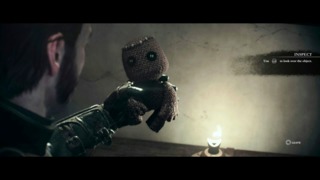
“Finish what you have begun and vanish”: Cinematic visuals, great sound, polished gameplay, streamlined into a short, linear action shooter game might not quite sum up the recent trends in gaming and critique but still The Order: 1886 is a great game worth to be savored more than once.

